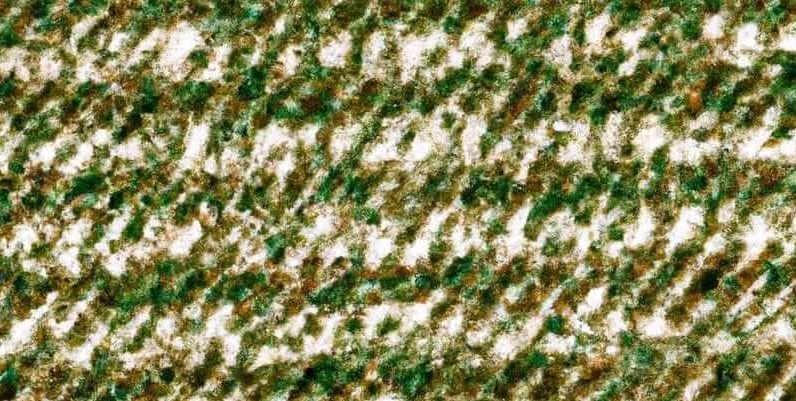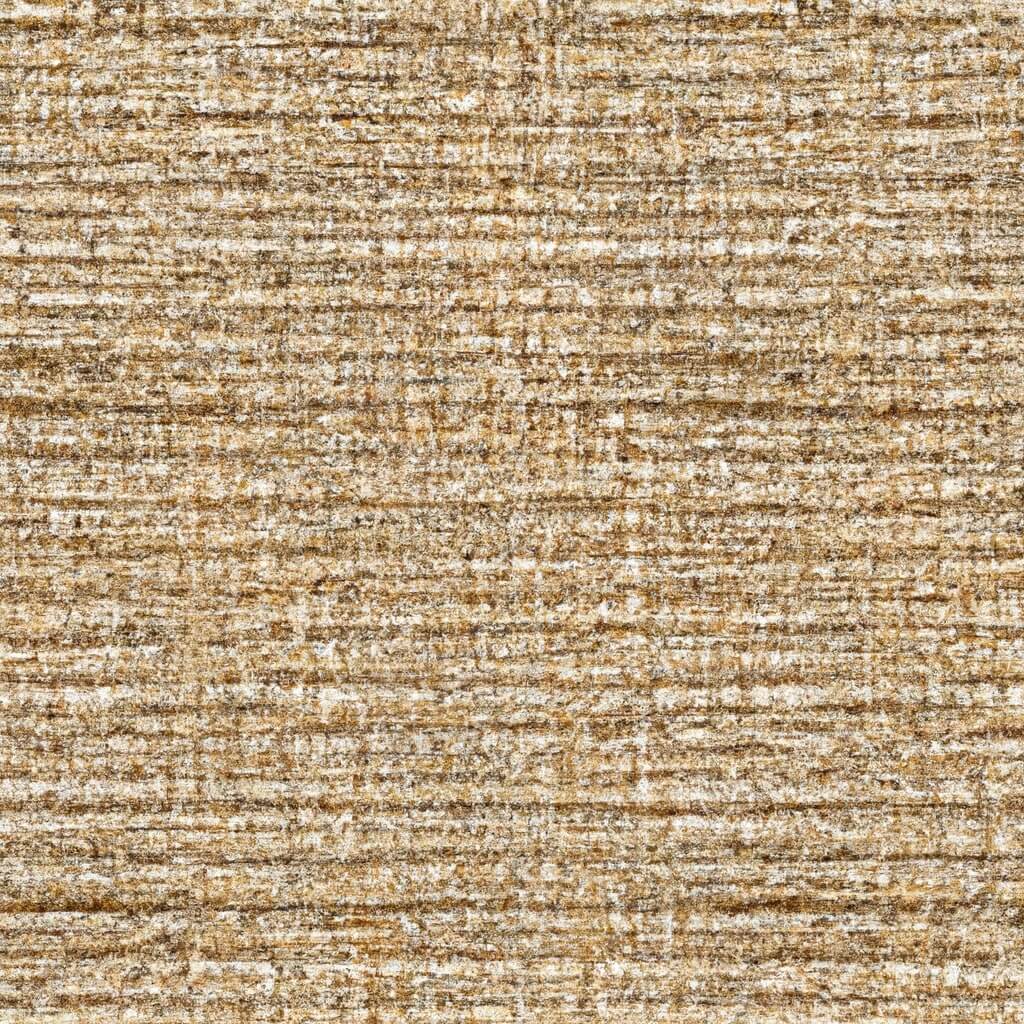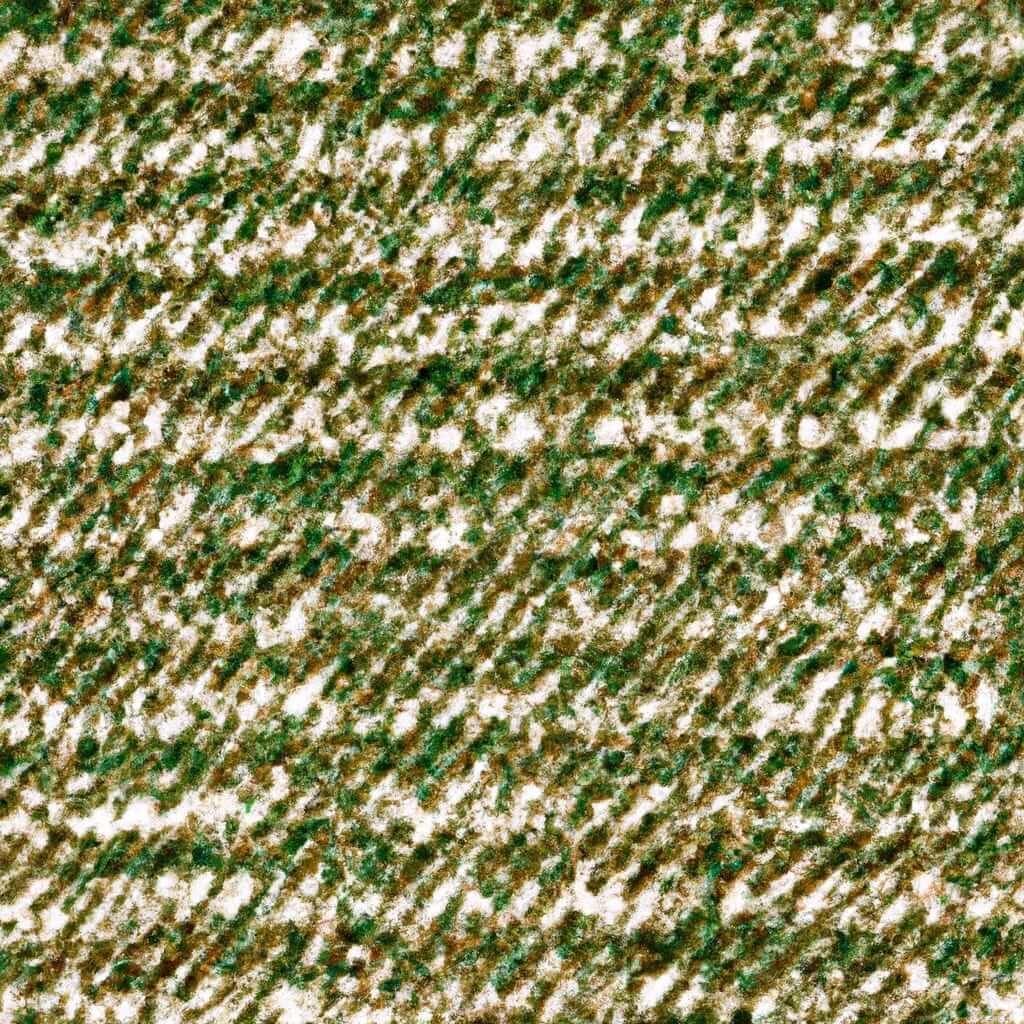
Are you looking for ways to create a more environmentally friendly home? One area to consider is your flooring. Carpets can have a significant impact on the overall sustainability of your living space. In this article, we will explore the top eco-friendly carpet materials that you can choose from for a greener home.
By opting for these sustainable options, you can not only reduce your carbon footprint but also enjoy a healthier and more environmentally conscious living environment. So, let’s dive into the world of eco-friendly carpet materials and discover the best choices for your home.

1. Wool
Wool is one of the top eco-friendly carpet materials available today. It is a natural and renewable fiber that is biodegradable and sustainable. Wool carpets offer many benefits, making them a popular choice among environmentally conscious homeowners.
Wool is derived from sheep, and the process of shearing is humane and does not harm the animals. Sheep are not only a sustainable source of wool, but they also help maintain healthy ecosystems by grazing on grasslands. This natural fiber is also non-toxic, making it safe for both humans and pets.
Wool carpets have excellent durability and resilience, making them ideal for high-traffic areas in your home. They are naturally resistant to stains and can be easily cleaned with water and mild detergent. Additionally, wool has natural insulation properties, which can help keep your home warm in the winter and cool in the summer, reducing energy consumption and saving on heating and cooling costs.
2. Organic Cotton
Organic cotton is another eco-friendly carpet material that offers a sustainable and ethical choice for your home. Unlike conventional cotton, which is grown using harmful synthetic pesticides and fertilizers, organic cotton is grown without the use of these chemicals, making it better for the environment and your health.
When cotton is grown organically, it helps preserve soil fertility and biodiversity, as well as conserves water resources. The organic certification ensures that the entire production process, from the cultivation of cotton plants to the manufacturing of carpets, meets strict environmental and social standards.
Organic cotton carpets are soft, comfortable, and hypoallergenic, making them perfect for families with young children or individuals with allergies. They come in a wide range of colors and patterns, allowing you to find the perfect style to complement your home décor.
3. Recycled Nylon
Recycled nylon is a sustainable and eco-friendly carpet material that is made from post-consumer or post-industrial waste. It is a durable and long-lasting option that reduces the demand for new nylon production and helps divert waste from landfills.
The process of recycling nylon involves collecting discarded nylon products, such as fishing nets, carpets, and fabric scraps, and transforming them into new fibers. This not only reduces the environmental impact of nylon production but also saves energy and natural resources.
Recycled nylon carpets offer excellent performance and are resistant to stains, fading, and wear. They can withstand heavy foot traffic and are a great choice for busy households. By choosing recycled nylon carpets, you are not only making an environmentally responsible choice but also contributing to the circular economy.
4. Seagrass
Seagrass is a natural and sustainable carpet material that is harvested from wetland areas. It is a renewable resource that grows quickly and has minimal impact on the environment. Seagrass carpets are woven from the fibers of seagrass plants, making them a great eco-friendly alternative to synthetic carpets.
Seagrass carpets offer a unique and natural appearance with a beautiful texture and subtle color variations. They are durable and can withstand heavy use, making them suitable for both residential and commercial spaces. Additionally, seagrass is naturally stain-resistant and repellent to dust mites, providing a healthier indoor environment.
One of the standout features of seagrass carpets is their low maintenance requirements. They are easy to clean and do not require harsh chemical cleaners.
Regular vacuuming and occasional spot cleaning are usually sufficient to keep them looking fresh and clean. However, it is important to note that seagrass is not recommended for areas with high moisture levels, as it can absorb water and become susceptible to mold and mildew.

5. Jute
Jute is a natural and eco-friendly carpet material that is derived from the jute plant. It is a fast-growing plant that requires minimal water, pesticides, and fertilizers to grow, making it a sustainable choice for carpet production. Jute carpets offer a unique and rustic look that can complement various interior styles.
Jute carpets are lightweight, soft, and comfortable underfoot. They have a natural golden hue that adds warmth and character to any space. Additionally, jute has natural thermal insulation properties, helping to regulate the temperature in your home and reducing energy consumption.
While jute carpets are relatively durable, they are best suited for low to medium traffic areas in your home. They may not be suitable for high-traffic areas or homes with pets, as jute fibers can be prone to staining and damage. Regular vacuuming and prompt spot cleaning are essential to maintain the beauty and longevity of jute carpets.
6. Hemp
Hemp is a versatile and sustainable carpet material that is derived from the cannabis plant. Hemp is known for its fast growth rate and low water requirements, making it a highly sustainable resource. Hemp carpets offer a range of benefits, including durability, thermal insulation, and resistance to pests and mold.
Hemp carpets have a distinctive texture and natural hues that can add a unique touch to your home décor. They are a great choice for eco-conscious homeowners who value sustainability and want to minimize their carbon footprint. Hemp fibers are strong and long-lasting, ensuring that your carpet will withstand the test of time.
In addition to its aesthetic appeal, hemp is also highly resistant to stains, fading, and wear. Hemp carpets are easy to clean and maintain, requiring regular vacuuming and occasional spot cleaning. With proper care, your hemp carpet can retain its beauty for many years, providing comfort, style, and sustainability to your home.
7. Cork
Cork is a renewable and eco-friendly material that is harvested from the bark of cork oak trees. The process of harvesting cork is sustainable, as only the outer bark is removed, allowing the tree to regenerate and continue to absorb carbon dioxide. Cork carpets offer a unique and natural look that can enhance the beauty of any room.
Cork is naturally resistant to mold, mildew, and allergens, making it an excellent choice for individuals with allergies or respiratory sensitivities. Cork carpets are comfortable underfoot and have natural thermal insulation properties, helping to maintain a comfortable temperature in your home.
In addition to its natural resilience, cork is also highly durable and can withstand heavy foot traffic. It is resistant to scratches and dents, making it a suitable option for high-traffic areas in your home. Regular sweeping or vacuuming and occasional damp mopping are all that is needed to keep your cork carpet clean and well-maintained.
8. Bamboo
Bamboo is a sustainable and rapidly renewable material that has gained popularity as an eco-friendly carpet material. Bamboo carpets are made from the fibers of the bamboo plant, which grows quickly without the need for chemical pesticides or fertilizers. Bamboo is a versatile material that offers many benefits for environmentally conscious homeowners.
Bamboo carpets have a natural and earthy appearance that can complement various interior styles. They are durable, strong, and resistant to wear, making them suitable for high-traffic areas in your home. Additionally, bamboo has natural antimicrobial properties, inhibiting the growth of mold, mildew, and bacteria.
One of the standout features of bamboo carpets is their easy maintenance. They can be easily cleaned with regular vacuuming and occasional spot cleaning. Bamboo is also naturally moisture-resistant, making it a great choice for areas prone to spills or humidity.

9. Recycled Polyester
Recycled polyester, also known as PET, is a sustainable and eco-friendly carpet material that is made from post-consumer plastic bottles. By recycling plastic bottles, the production of new polyester fibers is reduced, conserving energy and conserving resources. Recycled polyester carpets offer a range of benefits, including durability, stain resistance, and a wide variety of color options.
Recycled polyester carpets are highly durable and can withstand heavy foot traffic. They are resistant to stains and fading, making them a great choice for homes with pets or children. Additionally, the vibrant colors and patterns available in recycled polyester carpets allow you to add a pop of color or create a unique statement in your home.
By choosing recycled polyester carpets, you are contributing to the reduction of plastic waste and helping to create a more sustainable future. These carpets provide a stylish and environmentally friendly flooring option that is both practical and aesthetically pleasing.
10. Linoleum
Linoleum is a natural and eco-friendly carpet material that is made from renewable resources such as linseed oil, cork powder, wood flour, and jute. It is a durable and sustainable flooring option that offers many benefits for eco-conscious homeowners.
Linoleum carpets are available in a wide range of colors and patterns, allowing you to create a customized and unique look for your home. They are highly durable, resistant to scratches, dents, and wear, making them suitable for high-traffic areas.
One of the standout features of linoleum carpets is their natural antimicrobial properties. Linseed oil, which is a key ingredient in linoleum, naturally inhibits the growth of bacteria, mold, and mildew, providing a healthier indoor environment.
Maintaining linoleum carpets is relatively easy and straightforward. Regular sweeping or vacuuming and occasional damp mopping are usually sufficient to keep them clean and well-maintained. Linoleum is also known to be long-lasting, making it a cost-effective and sustainable choice for your home.
FAQs – Eco-Friendly Carpet Materials
1. What are eco-friendly carpet materials?
Eco-friendly carpet materials are flooring options that are sustainable, environmentally responsible, and have a reduced impact on the environment compared to conventional carpet materials. They are often made from renewable resources or recycled materials.
2. Why should I choose eco-friendly carpet materials for my home?
Choosing eco-friendly carpet materials helps reduce your carbon footprint, conserves natural resources, and promotes a healthier indoor environment. These materials are often non-toxic, durable, and contribute to a more sustainable and ethical way of living.
3. Are eco-friendly carpets suitable for high-traffic areas?
Yes, many eco-friendly carpet materials, such as wool, recycled nylon, bamboo, and linoleum, are durable and can withstand heavy foot traffic. However, the suitability of a specific material depends on factors like maintenance, climate, and the type of traffic it will endure.
4. How do I clean and maintain eco-friendly carpets?
Maintenance varies depending on the carpet material. Generally, regular vacuuming and occasional spot cleaning are recommended for most eco-friendly carpets. Some materials, like seagrass and cork, have specific cleaning needs, so always follow the manufacturer’s care instructions.
5. Are eco-friendly carpets more expensive than traditional carpets?
Eco-friendly carpets can have a higher initial cost due to their sustainable sourcing and production processes. However, they often provide long-term cost savings through energy efficiency, durability, and reduced maintenance needs.
6. Can I find a variety of styles and colors with eco-friendly carpets?
Yes, eco-friendly carpets come in a wide range of styles, colors, and patterns to suit various interior design preferences. Materials like organic cotton, bamboo, and recycled polyester offer diverse design options.
7. Are these carpets safe for households with pets and children?
Many eco-friendly carpet materials, such as wool, organic cotton, and recycled polyester, are safe for households with pets and children. They are often non-toxic and can resist stains. However, consider the specific needs of your household and choose a material accordingly.
8. Which eco-friendly carpet material is best for my home?
The best eco-friendly carpet material for your home depends on your preferences, lifestyle, and specific requirements. Consider factors such as durability, maintenance, comfort, and appearance to make an informed choice.
9. Do eco-friendly carpets contribute to a greener environment?
Yes, eco-friendly carpets contribute to a greener environment by promoting sustainable sourcing, reducing waste, conserving natural resources, and lowering energy consumption during production. Choosing these materials aligns with environmentally responsible living.
10. Where can I purchase eco-friendly carpet materials?
You can find eco-friendly carpet materials at flooring retailers, eco-conscious home improvement stores, or through online retailers. Ensure that the products you choose have eco-friendly certifications or labels to verify their sustainability claims.
Summary
In conclusion, when it comes to selecting an eco-friendly carpet material for your home, there are several sustainable options available. From natural fibers like wool, organic cotton, seagrass, jute, hemp, and cork, to recycled materials like nylon, polyester, and PET, as well as natural linoleum, each material offers unique benefits that contribute to a greener and more sustainable home. By opting for these eco-friendly carpet materials, you are not only making a conscious choice to protect the environment but also creating a healthier and more comfortable living space for you and your family.


